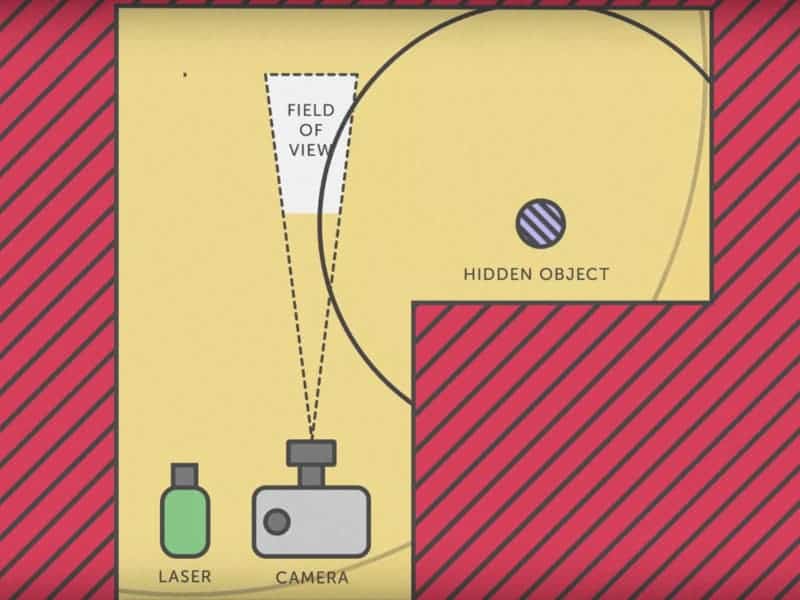The future is now – researchers at the Heriot-Watt University in Edinburgh, Scotland have developed a camera that can see around corners and track movements in real time.

The camera used an already developed technique called echo mapping – more or less the same thing called “echolocation” in the natural world. Echolocating animals emit calls out to the environment and listen to the echoes of those calls that return from various objects near them. They use these echoes to locate and identify the objects. In this case, the camera emits short pulses of laser at the floor in front of a wall. The laser bounces off the walls through the room and ultimately returns to the camera.That laser, in fact, fires as many as 67 million times every second, offering a huge amount of information to the camera extremely quickly. It’s not the first time something like this has been developed, but it’s the first time it works in real time, which makes much more interesting.
“This could be incredibly helpful for [computer assisted] vehicles to avoid collisions around sharp turns … or for emergency responders looking around blind corners in dangerous situations,” said Genevieve Gariepy, co-lead researcher on the project.
So far, the tests were carried on successfully and the camera was able to detect one-foot tall objects, and also detect multiple objects at the same time. It also detected the movement within a centimeter or two, and even estimated the speeds of objects. Check out the video below to see it in action.






